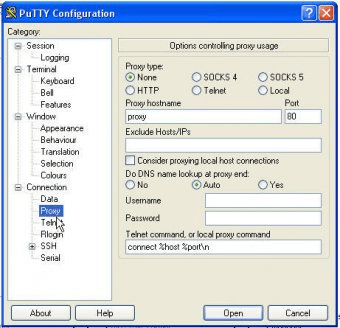
- #Xming putty for mac install#
- #Xming putty for mac software#
- #Xming putty for mac password#
- #Xming putty for mac free#
- #Xming putty for mac windows#
(If the -X option doesn't work try -Y.) For example:
Open a Terminal window and connect to any Stanford timeshare using the ssh command with the -X option. Xming will quit automatically when the xterm window is closed.īecause X11 is the native display technology on UNIX and Linux systems it is possible to connect to any Stanford timeshare for remote display simply by opening a Terminal window and running ssh with the -X option. To end the session, quit all remote applications, type exit to close the xterm window. However, remote applications with a graphical user-interface will automatically use the local display. #Xming putty for mac password#
Optionally, save this configuration for future use, and then connect, providing your password when required.Īn xterm window will open and the remote machine will display a standard UNIX prompt, as with normal connections. No special parameter settings are required. Log in using your SUNet ID, but leave the Password field blank you will be prompted for your SUNet ID password upon connection. - You may connect to any Stanford timeshare computer (e.g., ). Use the default program, xterm, but choose Run Remote Using PuTTY Link (plink.exe) and make sure With compression is checked. #Xming putty for mac windows#
You can configure the display settings for each session as desired, but Multiple windows is standard. Once installation is complete, run Xming. The 100dpi, Trutype, and Deja Vu fonts available in Xming-fonts are optional, but recommended. The default installation options for Xming should be sufficient. #Xming putty for mac install#
Download and install the public domain releases of Xming and Xming-fonts. Users of PuTTY may want to review the suggested configuration. 
You do not need to have a separate copy of PuTTY installed if you do have a separate copy installed you should not start a separate instance of PuTTY with X-Windows forwarding enabled before connecting, unless you have configured Xming accordingly. Note: These instructions assume you are using the version of PuTTY built into and distributed with Xming. It uses PuTTY, a built-in SSH client, to forward the display. Xming is a freely available X server for Windows.
#Xming putty for mac free#
The easiest thing to do on Windows is to use the free personal version of MobaXterm which includes an X11 server: Using Xming on Windows
To end the session, quit all remote applications, type exit to close the SSH connection. After connecting, the remote machine will display a standard prompt, as with normal connections, but remote applications with a graphical user-interface will automatically use the local display. Ssh -CX Authenticate using your SUNet ID password. Ssh -X some cases, enabling compression by specifying the -C option can improve performance, especially when connecting from outside the campus network: 
You must specify the -X option to enable display forwarding.
In xterm, connect to any Stanford timeshare using the ssh command. You may need to restart your computer after the installation of XQuartz, so try that if the following doesn't immediately work for you. If no terminal window opens, start one by selecting Terminal from the File menu or pressing COMMAND + N. Verify that XQuartz is installed and launch the XQuartz application (located in the Utilities subfolder of the Applications folder). An xterm window should open by default. You can download the XQuartz application at MacOSForge. 
XQuartz is a free X11 server implementation for OS X. Because secure connections are required in the Stanford timeshare environment, SSH must be used to encrypt the X-windows connection most SSH clients have built-in support for X display forwarding. X-windows is the native display technology on UNIX and Linux systems and is designed for networked use. X-windows (X11) is recommended for most users, but VNC is useful when certain applications fail to run properly under X-windows, or when a persistent connection to the remote display is required. See Using VNC for information about VNC.

Two methods are currently supported: X-windows and VNC.
#Xming putty for mac software#
UNIX/Linux applications with a graphical user-interface require the use of special display software when connecting from a remote location.








 0 kommentar(er)
0 kommentar(er)
